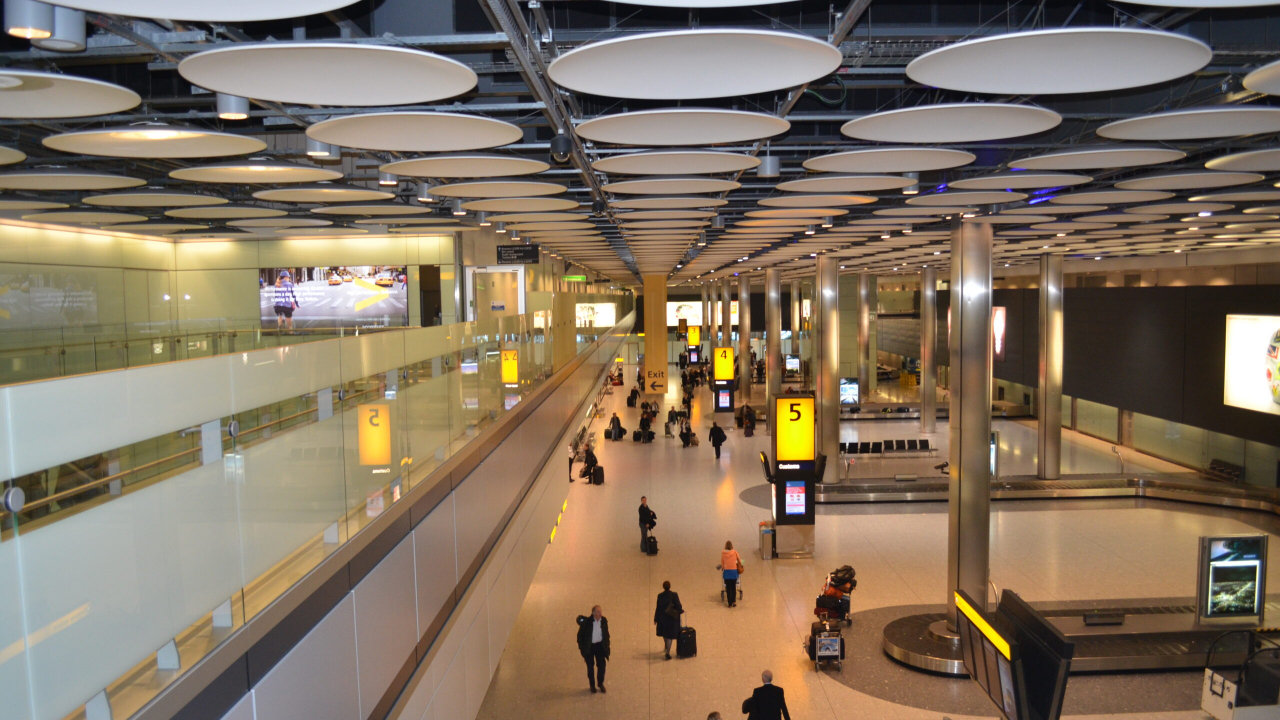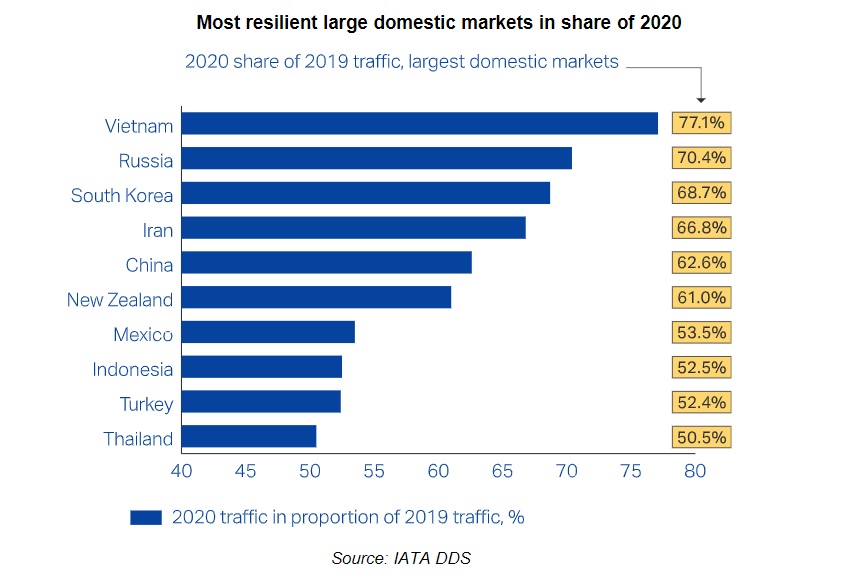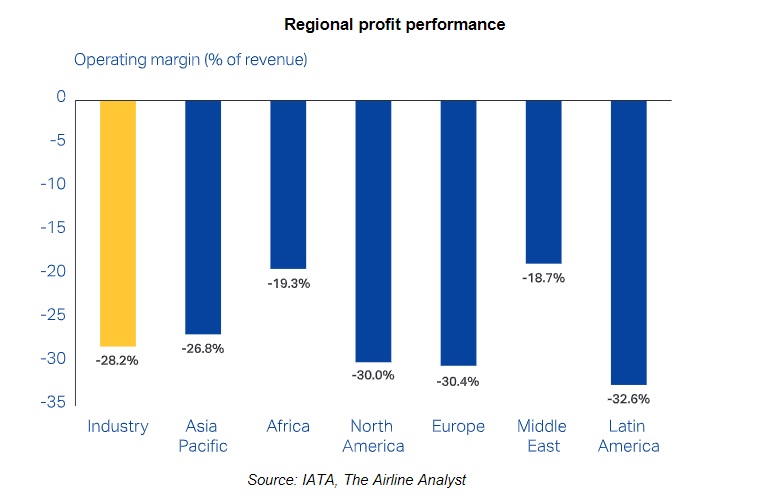COVID19 Ensures 2020 was Worst Year on Record
Kevin Rozario
August 4, 2021

|
“2020 was a year that we’d all like to forget,” says IATA’s Willie Walsh. Below are the statistics that outline why. |
Official data from the International Air Transport Association (IATA) show just how bad COVID19 was for the aviation industry, with losses spiraling to new lows, and air connectivity cut in half. The decline in air passengers transported in 2020 was the largest recorded since global RPKs (revenue passenger-kilometers) started being tracked around 1950.
The figures, released on Tuesday, came from IATA’s annual World Air Transport Statistics (WATS) publication for 2020. A million jobs disappeared, and industry losses for the year totaled $126 billion. While IATA acknowledged that many governments recognized aviation’s critical contribution and provided financial lifelines and other forms of support, the losses indicate just how deep the crisis has cut.
“2020 was a year that we’d all like to forget, but analyzing the performance statistics also reveals an amazing story of perseverance,” said Willie Walsh, IATA’s director general. “At the depth of the crisis in April 2020, 66% of the world’s commercial air transport fleet was grounded as governments closed borders or imposed strict quarantines. But it was the rapid actions by airlines and the commitment of our people that saw the airline industry through the most difficult year in its history.”
Among the other statistics contained in the report are:
- 1.8 billion passengers flew in 2020, a decrease of 60.2% compared with the 4.5 billion who flew in 2019
- Industry-wide air travel demand (in RPKs) dropped by 66% year-on-year
- International passenger demand decreased by 75.6%
- Domestic air passenger demand (RPKs) dropped by 49% versus 2019
- Air connectivity declined by more than half in 2020
- Total industry passenger revenues fell by 69% to $189 billion in 2020
- On average, there was a $71.70 loss incurred per passenger.
A Rebalancing of the Aviation System
The effect of these drastic changes meant that China became the largest domestic market in 2020 for the first time. This followed their successful efforts to control COVID19 which enabled internal air travel to rebound quickly. The situation has also opened up potential opportunities for point-to-point traffic and smaller airports, while cargo – initially badly affected – has staged a V-shaped recovery since mid-year. By the end of 2020, industry-wide cargo tonne-kilometres (CTKs) had returned close to pre-crisis values.
Ranking according to WATS have also changed, and some are shown below:
By region (based on total passengers carried on scheduled services by airlines registered in that region):
-
Asia-Pacific: 780.7 million passengers, a decrease of 53.4%
-
North America: 401.7 million passengers, down 60.8%
-
Europe: 389.9 million passengers, down 67.4%
-
Latin America: 123.6 million passengers, down 60.6%
-
Middle East: 8 million passengers, a decrease of 67.6%
-
Africa: 34.3 million passengers, down 65.7%
The top five airlines ranked by total scheduled passenger kilometers flown were:
-
American Airlines 124 billion
-
China Southern Airlines 111 billion
-
Delta Air Lines 107 billion
-
United Airlines 100 billion
-
China Eastern Airlines 89 billion
The biggest nationalities traveling internationally by air (based on passport used) were:
-
United States (45.7 million, 9.7% of all passengers)
-
United Kingdom (40.8 million, 8.6% of all passengers)
-
Germany (30.8 million, 6.5% of all passengers)
-
France (23.3 million, 4.9% of all passengers)
-
India (17.4 million, 3.7% of all passengers)
Download a preview of the World Air Transport Statistics.



